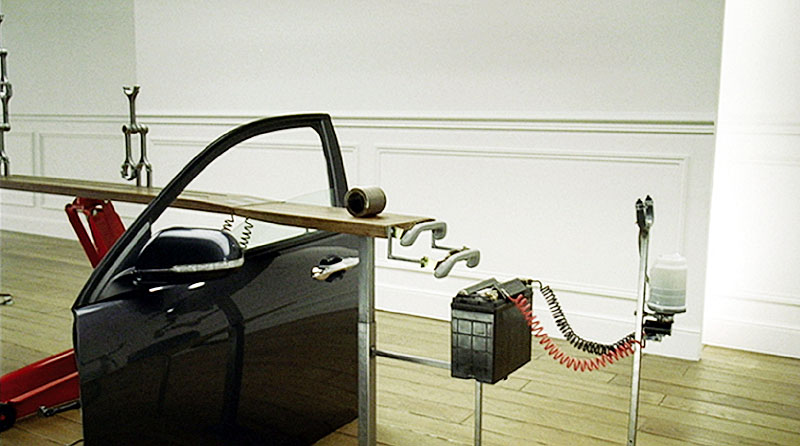What I gathered from reading the manifesto was a critical, somewhat cynical view of the way in which a lot of design is done for the sole purpose of commercial products and an uncomfortable feeling towards designers who just design trivial things for commercial purposes as they are just endorsing consumerism and the manifesto states there are more 'worthy pursuits' that should be considered when using our design skills. The manifesto's message seems to be a move away from consumerism lead product marketing to design projects that have 'more meaning'.
After this we had to think about redacting the text to create our own manifesto, so editing out the parts we disagreed with and leaving parts that would help get across what we believe about design. At first I was unsure which bits to leave and which to keep but after rereading the text a few times it became easier to do. I have done two different redacted versions, the first one is quite short and states the purpose of a designer and what they do. I edited out quite a bit of the text to get away from the message of the original and came up with something that is kind of a straightforward statement about design.
It reads:
Design
We, designers, have been raised in a world
of books and publications.
Designers apply their skill and imagination to work for things.
Designers devote their efforts to changing the very way in which citizen-consumers speak, feel, respond and interact.
Pursuits demand our attention and help.
We propose exploration and production and perspectives expressed through the visual.
The second redaction of the manifesto that I did opposes the message of the original as I don't really agree with its tone and stance on designers almost 'selling out' their skills to consumerism and product branding as I find it quite patronising to assume that these things aren't 'worthy pursuits' just because they aren't necessarily changing the world drastically or furthering some charitable cause.
Here is the second redacted manifesto I created:
It reads:
A Design Manifesto
We are graphic art communicators who design and use belief,
Skill and imagination, diamonds, cards, light, always in large measure.
This is how time and energy is used best.
Uncomfortable designers devote their efforts to marketing and endorsing
a message that is to some extent harmful.
The worth of our skills and design projects and expertise challenged by the 22 visual communicators, their message we expect that no more will be taken to heart.
Although it may be hard to make sense of, due to the restrictiveness that only being allowed to take away and not add creates, I hoped to challenge the original statements in the First Things First manifesto.
I found this task quite interesting as it made me consider the ways in which new messages can be made from already present texts and made me think about my own thoughts on design.















